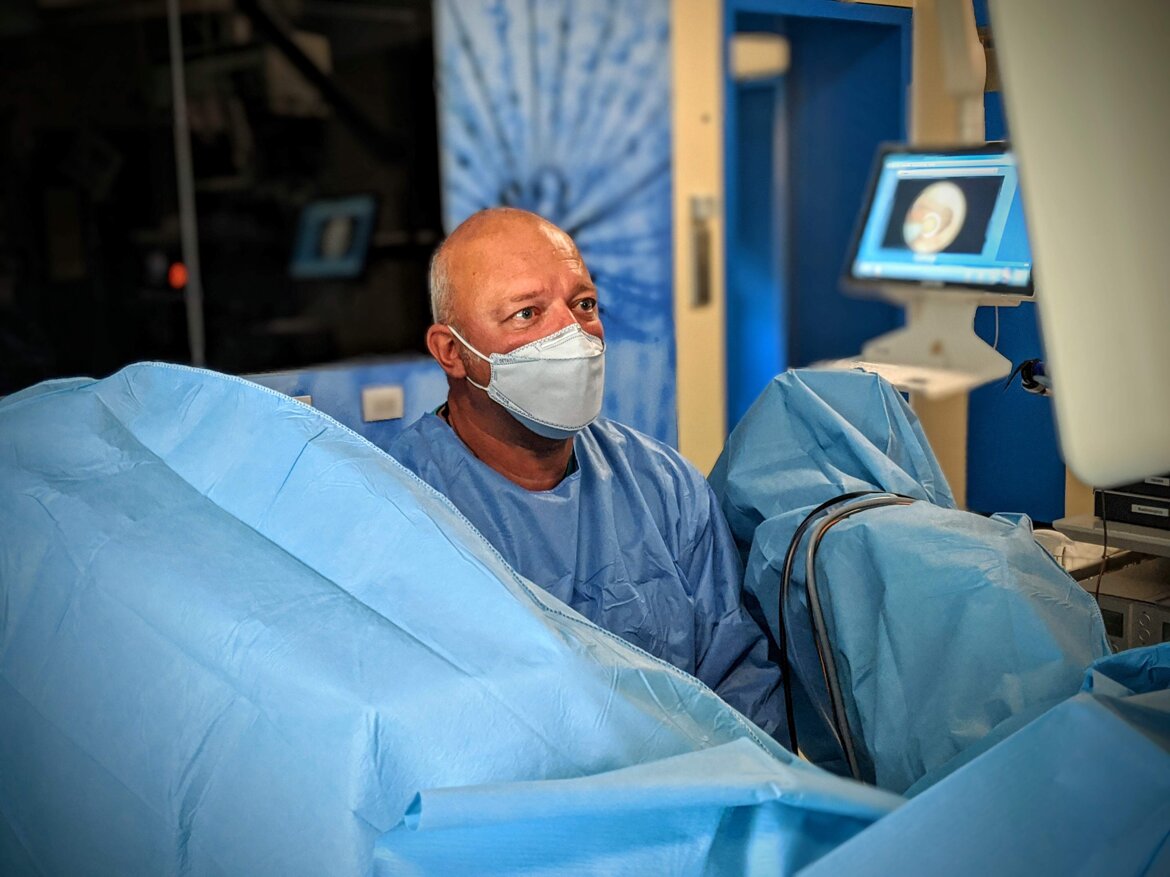© Massimo Zuanetti

HYSTEROSCOPIC METROPLASTY
SEPTATE OR SUBSEPTATE UTERUS
About 7% of women have a malformation to the genital apparatus known as a Mullerian anomaly which occurs during the fetal stage and is therefore already present at birth. The most common anomaly is the septate uterus which occurs when the median septum has failed to dissolve and the uterus retains a double cavity. It can appear to be a single uterus (septate uterus) or even more commonly it is a partial, sub-septate uterus. How this affects conception rates is controversial, however what is certain is how it causes repeated miscarriages and preterm births.
DIAGNOSIS
Although new ultrasound technologies exist, the recommended method of diagnosis is by hysteroscopy. An ultrasound in any case can be useful pre-operatively to see the external profile of the uterine wall.
METROPLASTY
Hysteroscopic metroplasty (metro=uterus; plasty=reshape) is a surgical procedure (opertive hysteroscopy) performed in a day hospital that removes the fibrous tissue from the uterine wall, known as the septum, and through to the edge of the myometrium (muscular tissue of the uterus). Depending on the length of the septum local anesthesia or sedation can be used. About 40 days after the procedure, or at least after the first menstrual cycle, a diagnostic hysteroscopy is necessary to see if the scar is forming properly on the uterine wall where the metroplasty was performed and that there are no adhesions.
© Massimo Zuanetti